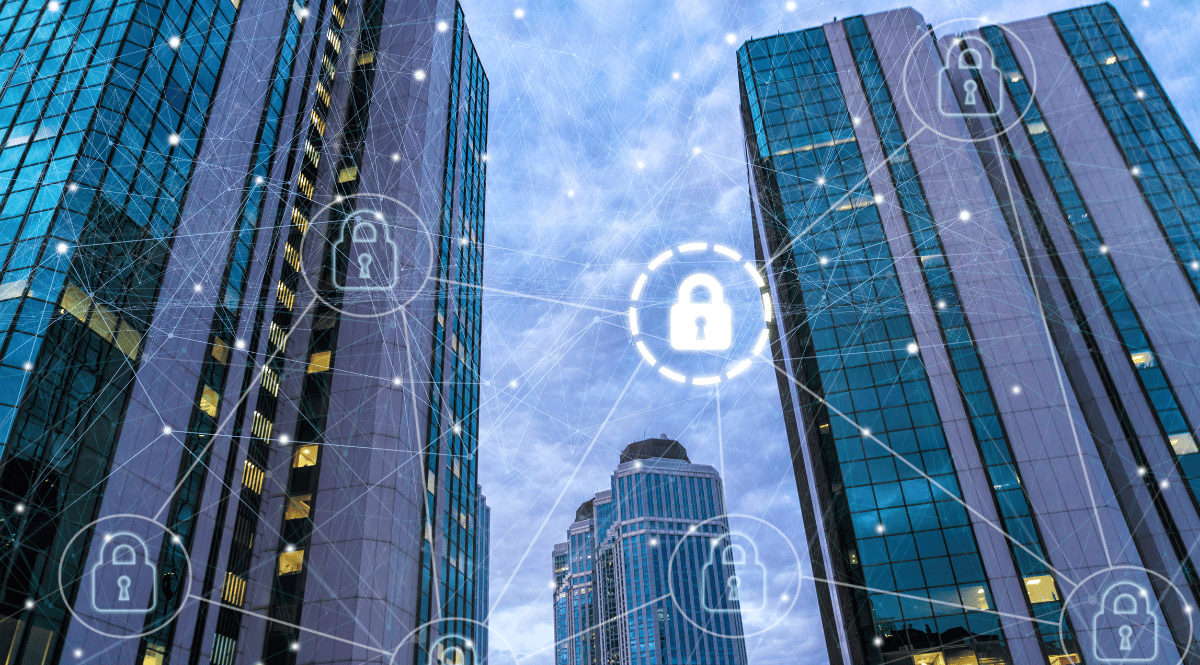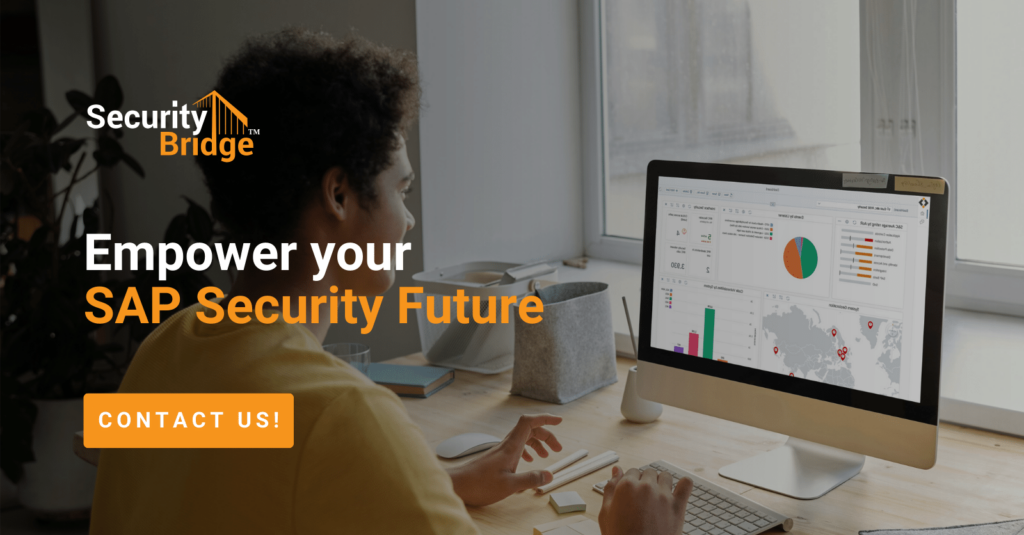Security Challenges for a Hybrid SAP IT Landscape

In today’s fast-evolving technological landscape, many organizations have adopted an IT environment that combines on-premise infrastructure with cloud-based services. This approach offers numerous benefits, including flexibility, scalability, and cost efficiency. However, it also introduces unique security challenges that must be addressed to ensure the integrity, confidentiality, and availability of organizational data. This is especially true in the context of SAP environments, where mission-critical business processes and sensitive data are at stake. In this blog, we will explore the top five security challenges for a hybrid SAP IT landscape and provide strategies for mitigating these risks.
Data Security and Privacy
Challenge
Data security is a paramount concern in any IT environment, but it becomes particularly complex in a hybrid setting. SAP environments often hold sensitive data that may reside in and is processed by on-premise systems and various cloud environments. All these components each have their security protocols and potential vulnerabilities. The challenge is to ensure consistent data protection measures across all platforms.
Mitigation Strategies
- Data Encryption: Implement robust encryption for data at rest and in transit. This ensures that even if data is intercepted, it remains unreadable. Make sure this is covered by all related services and components. Examples: SAP HANA supports various options for encryption and communication can be secured using Transport Layer Security (TLS) or Secure Network Communication (SNC) by many SAP components.
- Access Controls: Use strong authentication and authorization mechanisms to restrict access to sensitive data. Multi-factor authentication (MFA) and role-based access control (RBAC) can help enforce strict access policies.
- Regular Audits: Conduct regular security audits and compliance checks to identify and remediate vulnerabilities in data handling practices.
Identity and Access Management (IAM)
Challenge
Managing identities and access controls across both on-premise and cloud components of an SAP environment is critical yet challenging. Users need seamless access to resources, whether they are on-premise or in the cloud, but without compromising security.
Mitigation Strategies
- Unified IAM Solutions: Implement unified identity and access management solutions to centralize user management and authentication across the hybrid landscape. Like SAP Cloud Identity Services or other industry standard solutions.
- Single Sign-On (SSO): Deploy SSO solutions to provide users with seamless access to all SAP applications using a single set of credentials. This enhances the user experience while maintaining security.
- Conditional Access Policies: Develop conditional access policies that assess risk factors such as user location, device compliance, and behavior before granting access. This ensures that access is granted only under secure conditions.
- Regular Review of Permissions: Conduct periodic reviews of user permissions to ensure that access rights are up-to-date and aligned with current job responsibilities.
Network Security
Challenge
A hybrid IT environment combines an on-premise / private cloud network approach with cloud-based practices. Because of the higher landscape complexity, ensuring secure communication and protecting against network-based threats is a significant challenge.
Mitigation Strategies
- Secure Communication: Utilize secure communication protocols such as TLS or deploy VPN connections for data transmission between on-premise SAP systems and cloud-based services. Ensure that all endpoints are properly configured to support these protocols (see Data Security).
- Meticulously map on-premise tiers with their cloud counterparts. Make sure to only integrate systems that should connect as per the intended business process. Because of added complexity and distributed responsibility, this is easily overlooked.
- Align network architecture: on-premise environments often rely on the security of network perimeters or do so partly. Cloud services do not. These different architectures complicate network security. Align these architectures by limiting or even eliminating implicit trust. A full blown ‘Zero Trust’ architecture may be challenging but at least consider the key components in your landscape.
Compliance and Regulatory Challenges
Challenge
Navigating compliance requirements and regulatory standards across a hybrid SAP landscape is complex due to differing regional and industry-specific regulations. Ensuring compliance across all components is essential to avoid legal and financial repercussions.
Mitigation Strategies
- Compliance Management Tools: Utilize compliance management tools and frameworks that automate compliance checks and generate reports.
- Policy Enforcement: Develop and enforce comprehensive security policies that align with regulatory requirements. Ensure that these policies are consistently applied across both on-premise and cloud environments.
- Data Residency: Pay close attention to data residency requirements, which dictate where data can be stored and processed. Use cloud providers that offer data residency options to comply with local regulations.
- Regular Training: Provide regular training to employees on compliance requirements and best practices. Ensure that staff members are aware of their responsibilities in maintaining compliance.
Incident Response and Disaster Recovery
Challenge
In case of a security breach or system failure, organizations must be prepared to respond swiftly and effectively. A hybrid IT environment complicates incident response and disaster recovery efforts due to its distributed nature.
Mitigation Strategies
- Incident Response Plan: Develop a comprehensive incident response plan that includes procedures for both on-premise and cloud-based SAP systems. Ensure that the plan is regularly tested and updated.
- Disaster Recovery Plan: Create a robust disaster recovery plan for both on-premise and cloud-based SAP systems. Test the plan periodically to ensure its effectiveness.
- Unified Monitoring and Logging: Implement unified monitoring and logging solutions that provide visibility into both on-premise and cloud environments. Use centralized dashboards to detect and respond to incidents quickly.
- Collaboration with Cloud Providers: Establish clear communication channels with cloud service providers to ensure coordinated response efforts during incidents. Understand the shared responsibility model and the roles of each party in incident response.
Conclusion
A hybrid IT landscape presents unique security challenges, especially in the context of SAP environments where business-critical processes and sensitive data are at risk. The key is to keep oversight on the whole landscape and apply consistent measures. Beware of different organizational approaches because of historical reasons (when there only was on-premise for example). To build a resilient overall security posture, it is vital to address the above-mentioned areas for all components, regardless of the deployment model.
The SecurityBridge platform is specifically designed to help tackle security challenges in SAP landscapes. This includes on-premise components as well as hybrid and cloud scenarios. SecurityBridge offers various controls and modules that give insight into the security posture of your landscape and help to harden, monitor, and alert in real-time to keep your SAP landscape safe.
Contact us and immediately improve the Cyber Security Risk Posture of your SAP landscape! For more SAP security-related news, articles, and whitepapers, please follow us on LinkedIn.


